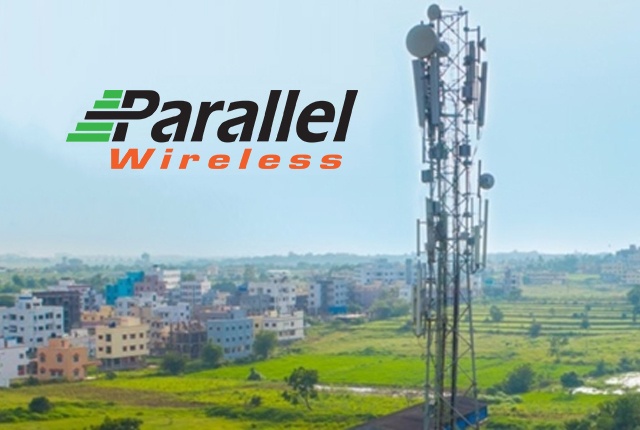What are the greatest technical and physical challenges you face when trying to connect the unconnected?
A global survey of MNOs found that 87% believe costs/complexity of providing backhaul, installation/maintenance, and cost of base stations to be the biggest challenges for rural coverage. The main challenge is finding a scalable/ sustainable way of addressing the long tail of unconnected; complex areas with low density (<1.000 inhabitants per site) that result in high cost/inhabitant covered and operating cost. The rural landscape is very heterogeneous; one solution will not fit all scenarios. A sustainable rural mobile broadband will not be widely available unless network deployments downsize the cost structure and are flexible by design to sustainably evolve and adapt the network to user demand.
Network innovation historically has not solved these problems. Focus was put on addressing urban issues to increase capacity or spectrum efficiency for densification. Uncertainty in the rural business case (demand side), operational complexity (cost side) and competitive pressure in urban market results in MNOs deprioritizing investment in rural in favour of urban.
The rural challenge will only be solved with a new technological and business approach. The efforts of reducing backhaul cost , enable rural connectivity by (i) lowering cost, (ii) simplifying installation, and (iii) increasing flexibility/sustainability.
What are the costs of creating networks for unconnected communities?
Minimizing the CAPEX/OPEX is important in these low-density areas where there is high uncertainty on return of the MNOs investment. High operational cost and deployment complexity of low-density deployments have prevented MNOs from bringing coverage to those areas in the past. Traditional 2G voice only and broadband 3G or 4G networks, require several high-cost and often bulky equipment to deploy and operate. These types of equipment need large spaces to store, have a short life cycle and consume energy. Hardware-based networks are also difficult to upgrade.
By shifting networks to virtual OpenRAN architectures like Parallel Wireless’s technology, telecom operators can overcome all these problems and deliver coverage to most remote communities at much lower costs. New solutions such as the one provided by Parallel Wireless are cost-effectively enabling rural connectivity, by simplifying installation and increasing flexibility and sustainability through PW’s software.
Parallel Wireless’s technology is designed on open interoperability through the GPP-based baseband processing platform, radio hardware, software and simplified business model to help unleash innovation for a better service to the 3.7 billion still unconnected.
Parallel Wireless’s unique low cost, low foot-print and virtualized multi-technology solution helps to deliver coverage to these areas, by making deployments easy and affordable to install, maintain and to upgrade to any technology without any additional hardware. Minimizing the Capex is important in low density areas where there is high uncertainty on payback and this is where cost-effective transport comes in as well. However, sustainability (low Opex) is even more critical.
How does connecting communities to the internet, mobile networks etc benefit those communities?
Digitalization is an important factor for social & economic progress, and mobile broadband plays a key role in reducing the digital divide. Providing rural coverage has historically been a challenge for mobile operators; over 3.7 B people globally are unconnected, that’s almost 50% of the world’s population! With the UN declaring reliable Internet access as a basic human right, a dependable, cost-effective, easy to deploy/maintain solution is needed.
Connectivity leads to a more socially inclusive and economically vibrant and dynamic society – one that is also sustainable. For example, ubiquitous broadband can improve education of students in remote areas, provide pre-natal care, even when people don’t have access to physical structures, provide access to local and international markets, knowledge as to trends, weather cycles etc for better planning purposes for crops and so on. The list is endless.
It can then be said that cellular has the potential to truly transform the lives of the people and having a cost-effective backhaul will allow networks to be built faster and cost-effectively.

